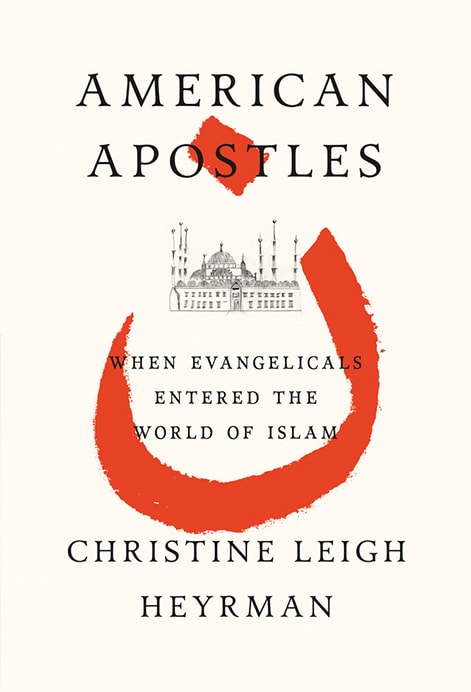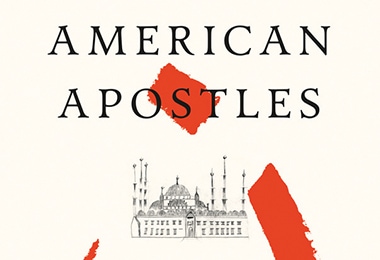[vc_row][vc_column width=”1/2″][vc_column_text] [/vc_column_text][vc_column_text]
[/vc_column_text][vc_column_text]
American Apostles
Christine Leigh Heyrman
Hill and Wang, 352 pages
[/vc_column_text][/vc_column][vc_column width=”1/2″][/vc_column][/vc_row][vc_row][vc_column][vc_column_text]
Reviewed by Henry Martinez | February 6, 2017
[/vc_column_text][/vc_column][/vc_row][vc_row][vc_column][vc_column_text]By any measure, American evangelicals had a small footprint in the Levant in the early 1800s. It was the early missionary publications that stoked the interest in Islam back home and shaped public perceptions. In American Apostles, Christine Leigh Heyrman traces the evangelical missions movement to a small but influential group of young men in early nineteenth-century New England. Heyrman believes these mission endeavors became so popular due to a curious mix of theological competition at home, a spirit of American exceptionalism, and publishers who knew how to sell the story.
Rather than assume the motivation for engaging in missions to be exclusively theological, Heyrman unveils the complexity behind what would become a missions enterprise. She describes early nineteenth-century New England as fertile ground for theological conflict, with Catholics, Protestants, evangelicals, and Unitarians all competing for influence. Inspired by a particular brand of Reformed theology, a group of young evangelicals were sent to the Ottoman Empire hoping to win the souls of Muslims and send a message to the whole of the Christian world. It did not go as planned.
The missionaries would learn that their righteous fervor to proselytize to the “Musselman” or be martyred along the way was met with disinterest, culture clash, or counter efforts to convert them to Islam. There they met their intellectual equals and betters. They learned that the world of Islam was not as one-dimensional as they had thought.
However, Heyrman’s key point is that early mission societies and publications (and one missionary in particular) were undeterred by these failings and learned they could adjust the diaries and reports of missionaries in order to give the public the message that would stir evangelical zeal and keep money coming in. For example, the public would never need to know of a missionary’s struggle with his own faith or feelings of kinship with Islam when something brutal or primitive could be found with the faith. Such messaging, Heyrman suggests, had a profound impact on future relations with the Muslim world.
Heyrman sources material from the diaries of the missionaries as well as missions chronicles and provides a well-balanced narrative analysis. The result is a very readable account of a fascinating part of early American missions, while at the same time providing the reader an opportunity to reflect on current missiological practice. Heyrman’s jaunt into historical events is not far off the beaten path, and readers may find themselves making their own connections to present-day missions.
This book offers an early example from American history of the dangers of the missions echo chamber. By showing what goes wrong when assumptions and caricatures go unchallenged, Heyrman reminds the reader of the value of critical thinking as part of the missions process.
American Apostles is for readers who don’t mind a journey into missions mistakes of the past, with the hope of learning that the path to doing mission is paved with complicated intentions.
[/vc_column_text][/vc_column][/vc_row]














